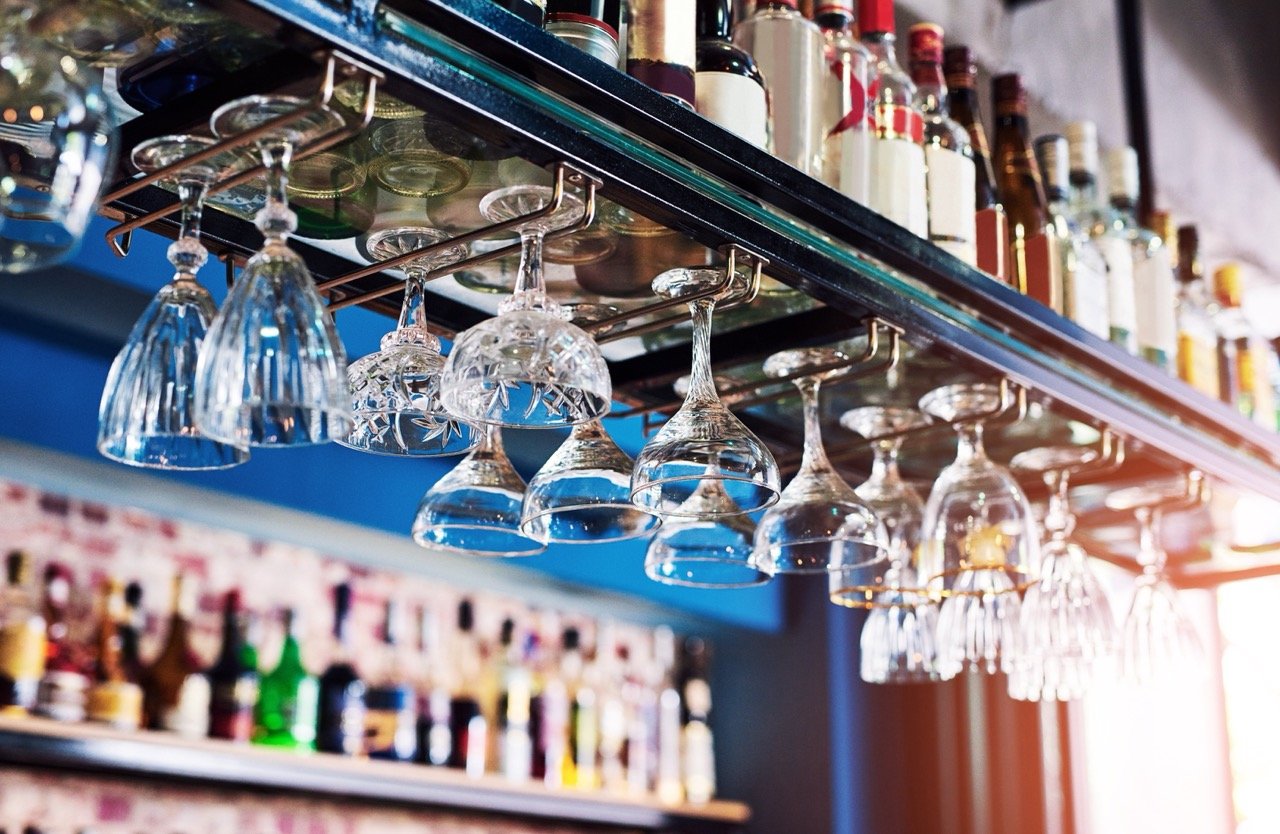Once again, CreditorWatch’s September Business Risk Index highlights Australia’s hospitality sector as being the most at-risk of failure in the current trading environment. Over the past 12 months, 8.3% of the sector has been forced to close its doors. What's more, a further 9.1% is expected to follow suit the coming year.
“The fact that the construction and hospitality sectors have the highest rates of payment defaults and construction has the highest rates of arrears, mirrors the latest ABS data showing declining building approvals and flat spending in cafes and restaurants across much of 2024," said Patrick Coghlan, CEO of CreditorWatch.
“Ongoing economic impacts such as weaker consumer demand are clearly bringing more pressure to bear on Australian businesses.”
Despite this, some industry stakeholders are hopeful that the approaching summer festive season will offer some much needed respite for the industry.
“The recent tax cuts implemented in July may be positively influencing consumer spending,” Simon Le Grand told Drinks Trade. Simon Le Grand is the Senior Director of Marketing APAC at Lightspeed, a leading POS system provider.
“According to the ABS, household spending at hotels, cafes and restaurants has fluctuated, up by 6% in June 2024, down -0.5% in July, and rebounding to 1.5% in August… With peak season approaching, and longer, warmer days on the horizon, there's a renewed sense of optimism for the industry's performance. This combination of financial relief and seasonal demand could pave the way for a positive turnaround soon.”
Interestingly, Lighspeed’s 2024 Hospitality Insights and Dining Dynamics Report revealed how different sectors of hospitality have been forced to mitigate inflation to varying extents. For example, just 33% of bars and pubs have adjusted their menu items compared to 46% of food & beverage venues. However, this “third of bars and pubs have increased menu pricing by 33% on average, which was the second highest average increase in menu pricing, after bakeries.”
Given the data available to the Lightspeed team, Drinks Trade asked if Le Grand had any advice for hospitality venues looking to improve their drinks programs.
“It's all about creating unique offerings and experiences that cater to specific demographics,” he said.
“Customers are often willing to pay a premium for novelty, especially when they perceive items as limited-time offers, or when discounts generate excitement and encourage additional orders.”
Promotional menus and activations are one way to help develop this perception.
“Promotions like happy hours and themed nights can drive traffic and spending; [and] implementing loyalty programs to reward repeat customers can foster loyalty and increase visits,” said Le Grand.
“It's important to create a sense of urgency by marketing seasonal beverages as limited time offers, while still ensuring it stays true to your brand.”
According to Lightspeed data, many operators are currently struggling with elevated ingredients and labour costs. To combat this, Le Grand says it is important that venues curate economically viable and easily-executable menus.
“Focus on featuring your stars and keeping it concise. Identify your most profitable and popular drinks… Consider incorporating seasonal cocktails that offer a fresh twist especially during peak season.”
Another important aspect to keeping costs down is in regards to managing inventory: “this is where technology and inventory management play a crucial role.
“Consistent daily counts are key; they should be carried out after closing or before opening to avoid discrepancies. Using the FIFO - first in, first out - method helps ensure older stock is used first.”
Le Grand believes the use of real-time inventory tracking and automated ordering fosters “better communication and streamlined operations, [meaning] venues and suppliers can have a more harmonious working relationship.
“Building strong relationships with suppliers is always essential, but it can be even more critical in tough economic times.”
Looking forwards, Le Grand is also hopeful that an uptick in tourism will help drive revenue for Australia’s hospitality sector: “We’re seeing promising numbers this year with an increase in tourist arrivals by 7.2% versus the past year, with domestic travel now higher than it was pre-pandemic,” he said.
Ivan Colhoun, Chief Economist at CreditorWatch, warns businesses to remain wary.
“In the short term, there are some tentative signs of support flowing through the economy from the 1 July tax cuts, with improved Consumer Confidence in early October, stronger Retail Sales in August and businesses reporting slightly stronger business conditions,” he said
“Latest RBA communications reinforce the message that further progress lowering inflation will be required before Australian interest rates can be reduced. Those conditions are expected to be in place in early 2025.”
//
How can kegged cocktails help bars navigate current economic pressures?
More Aussies choosing to drink at home instead of going out. But it’s complicated
Share the content

